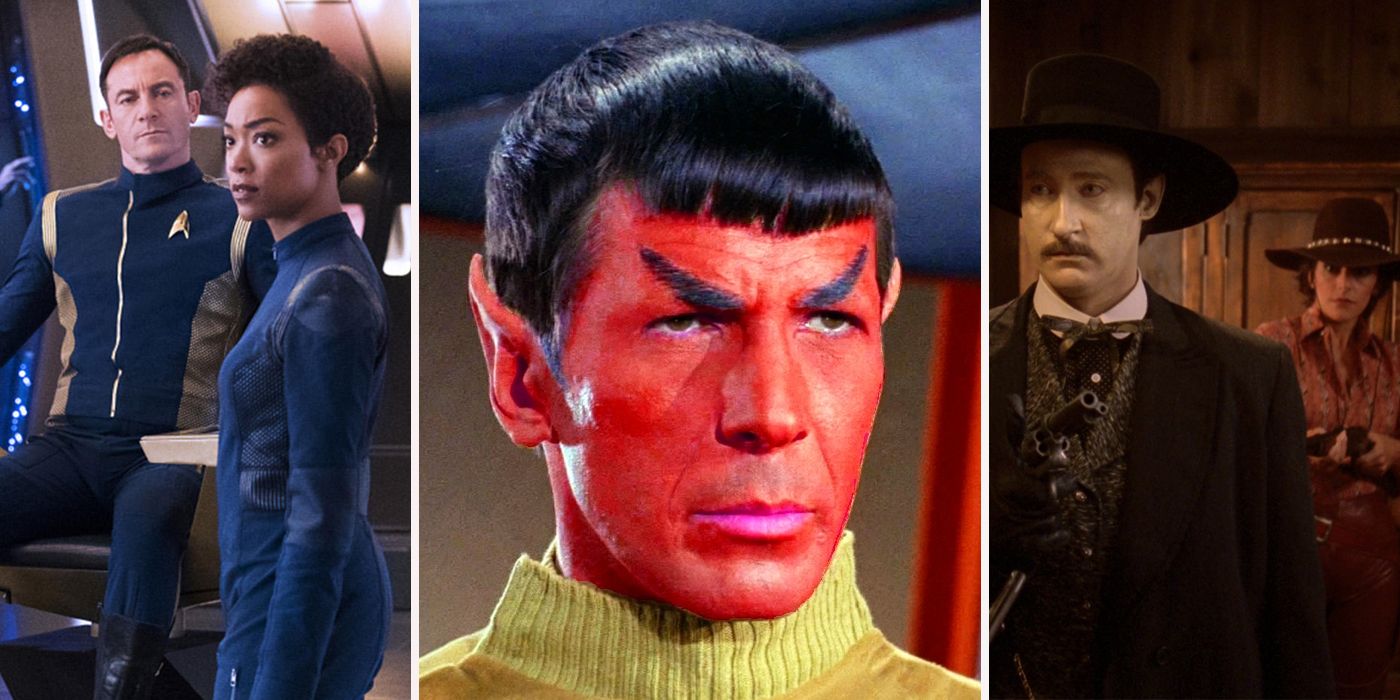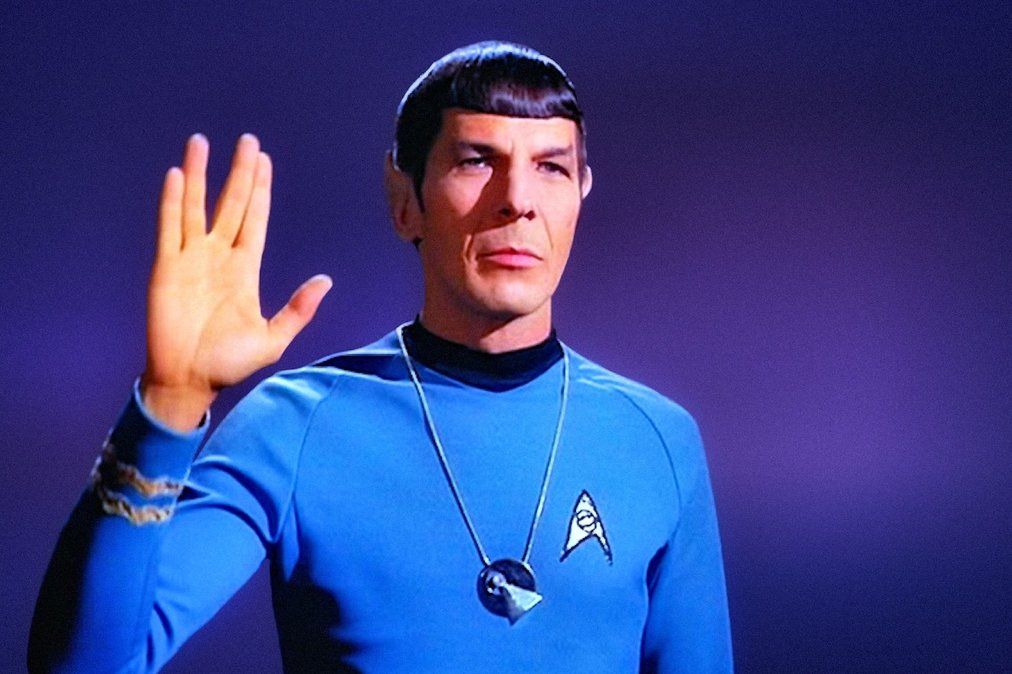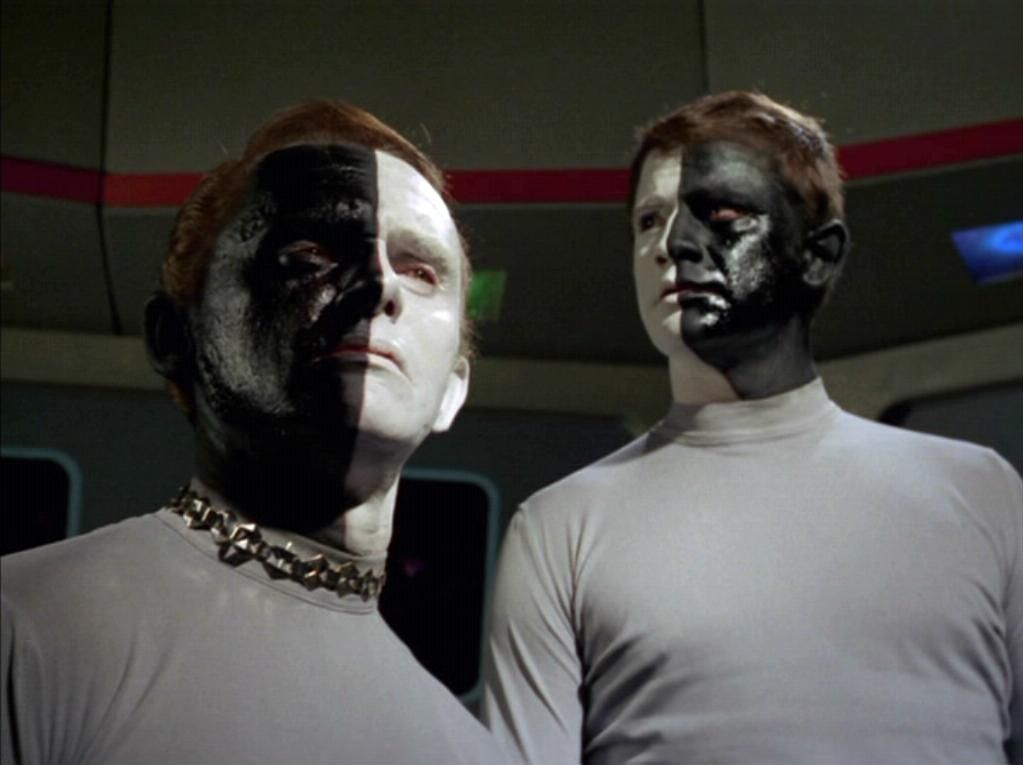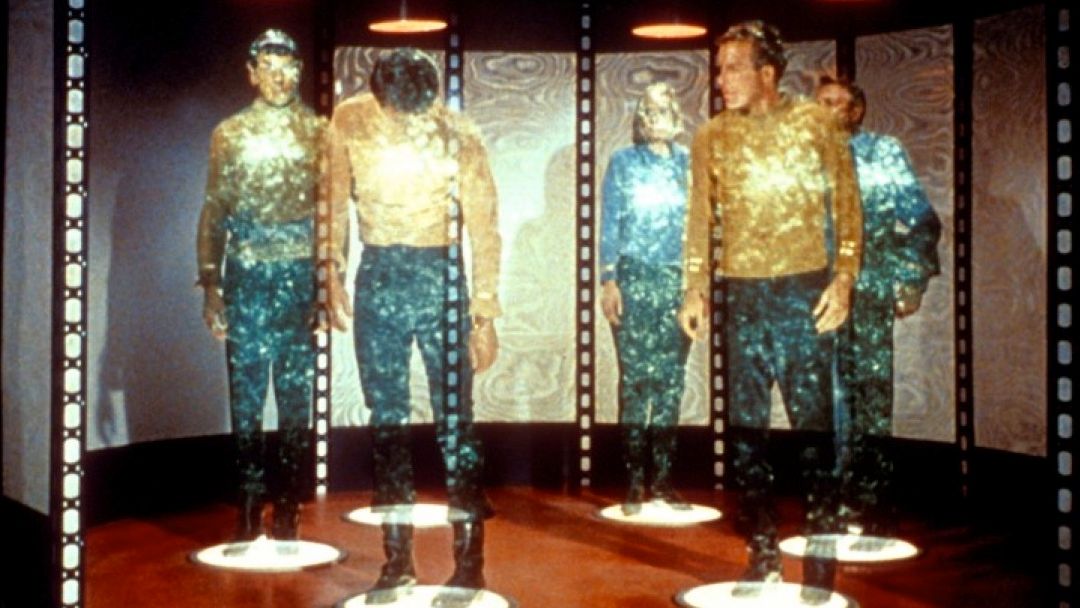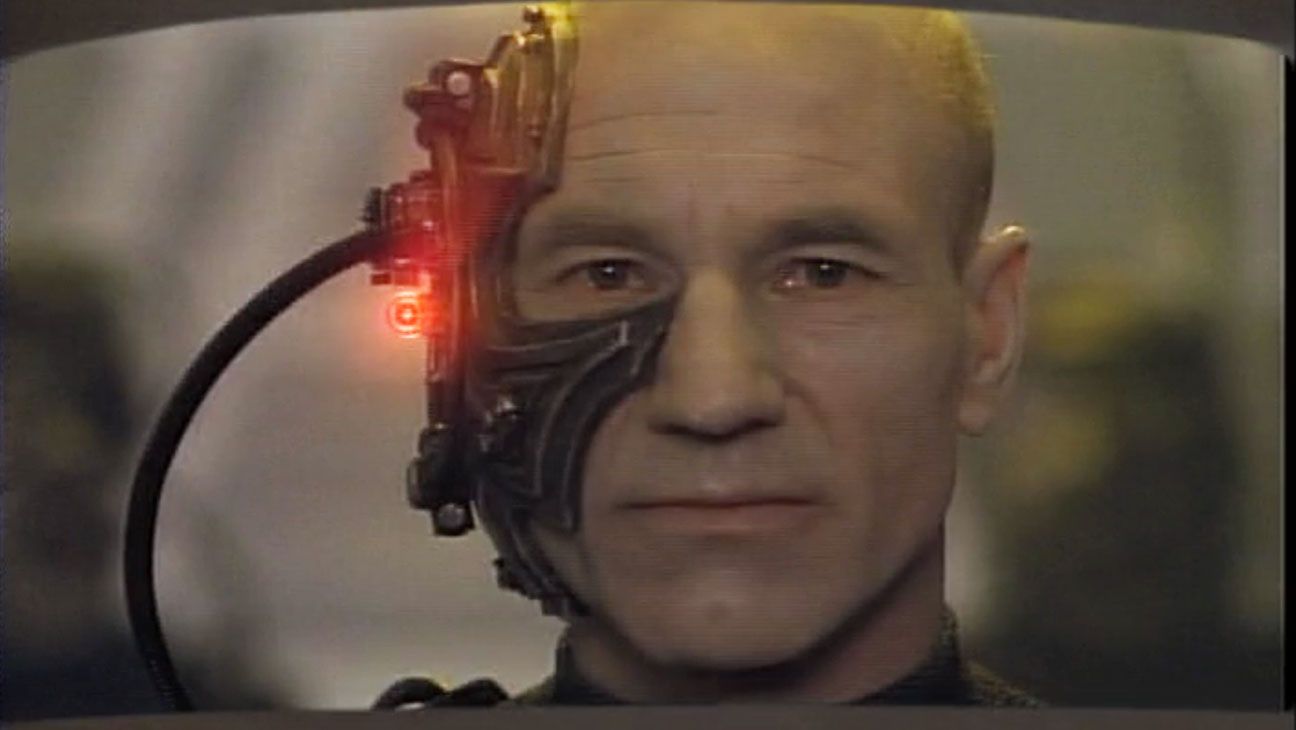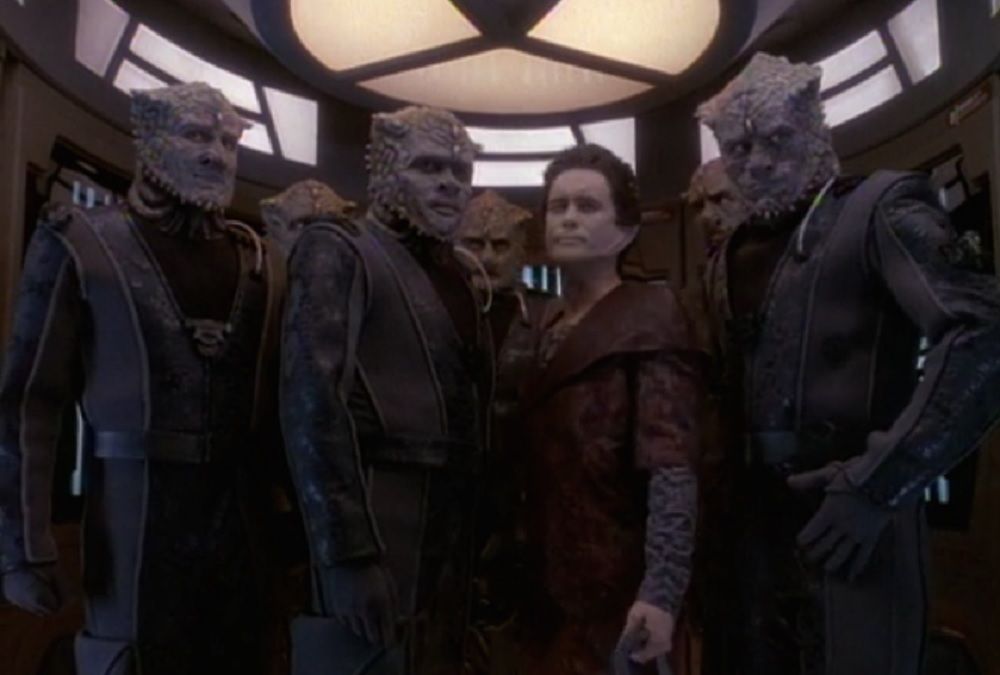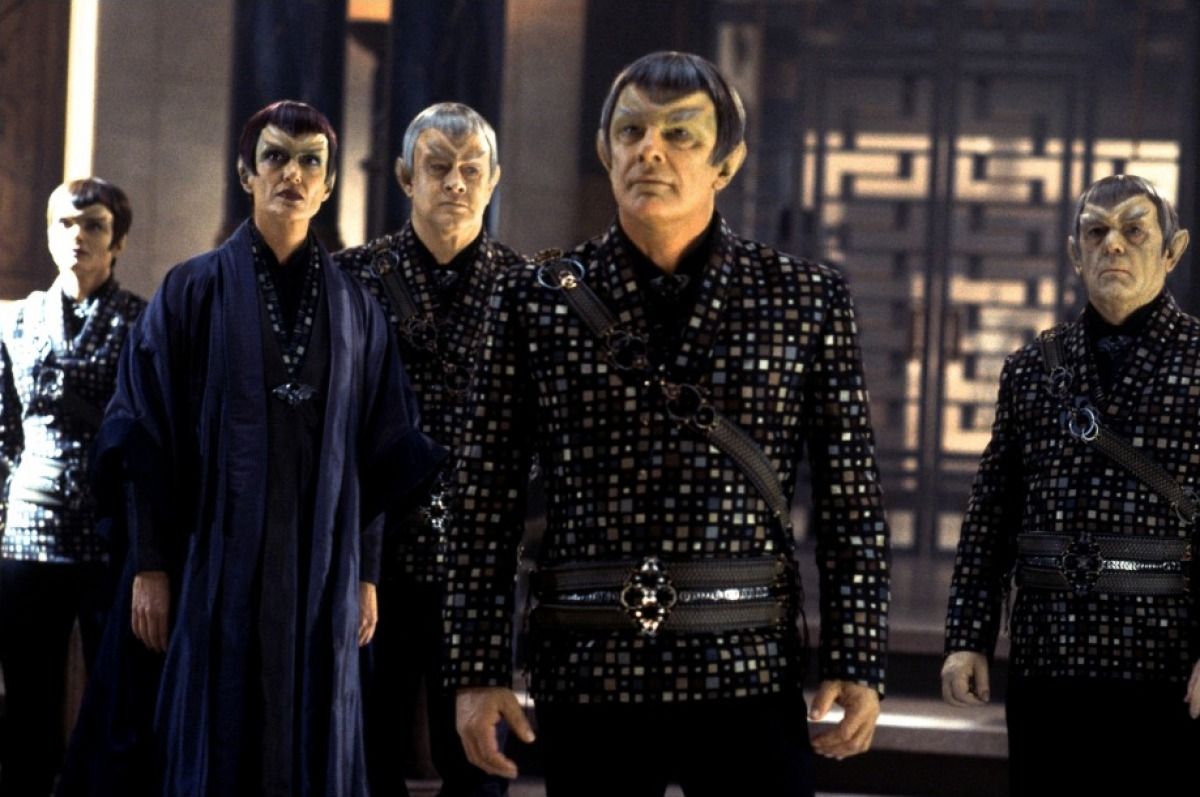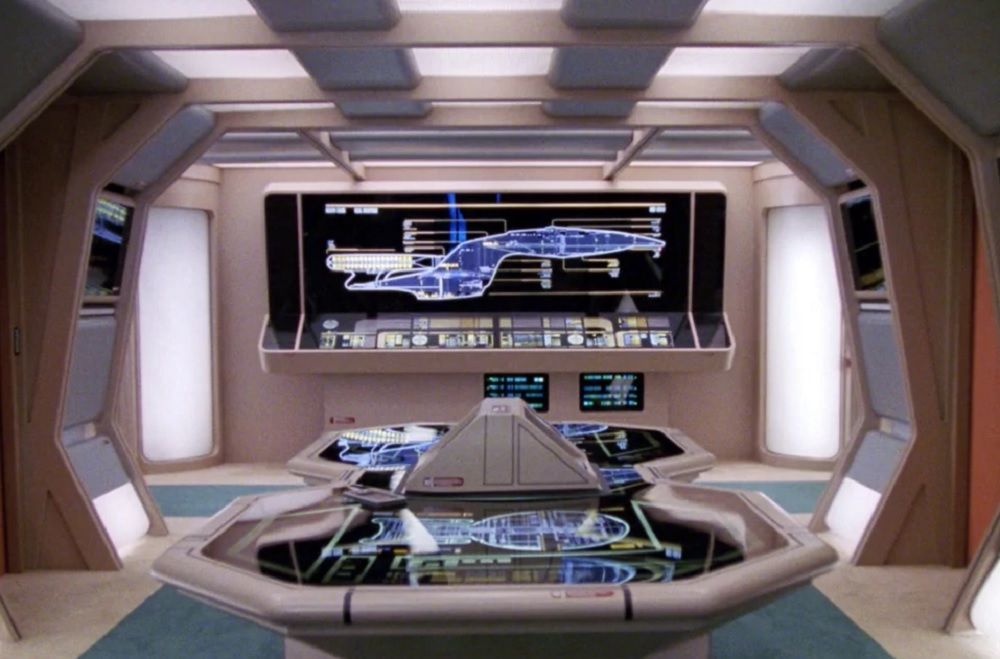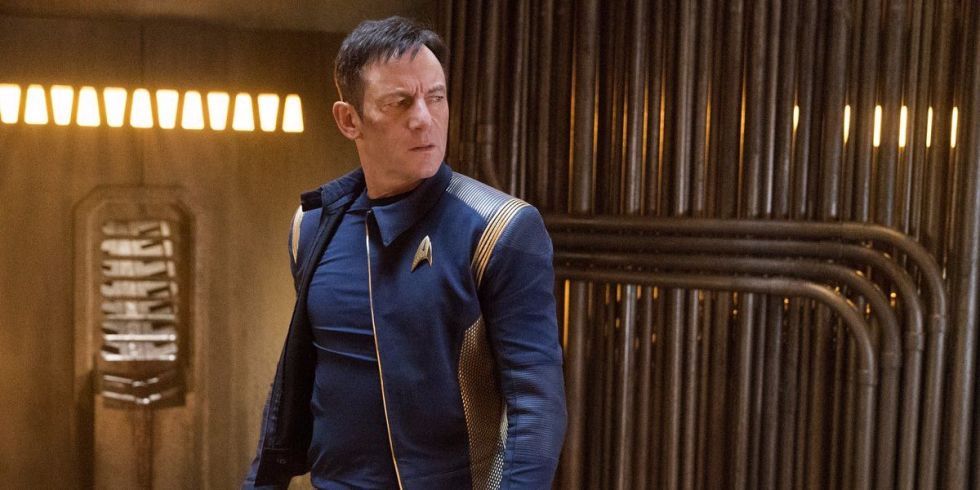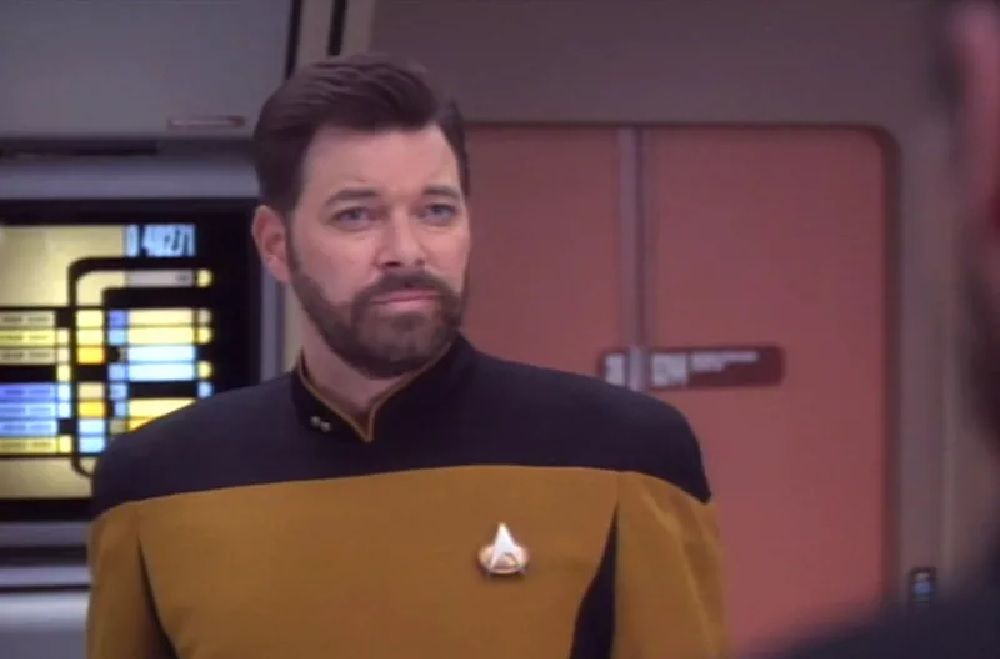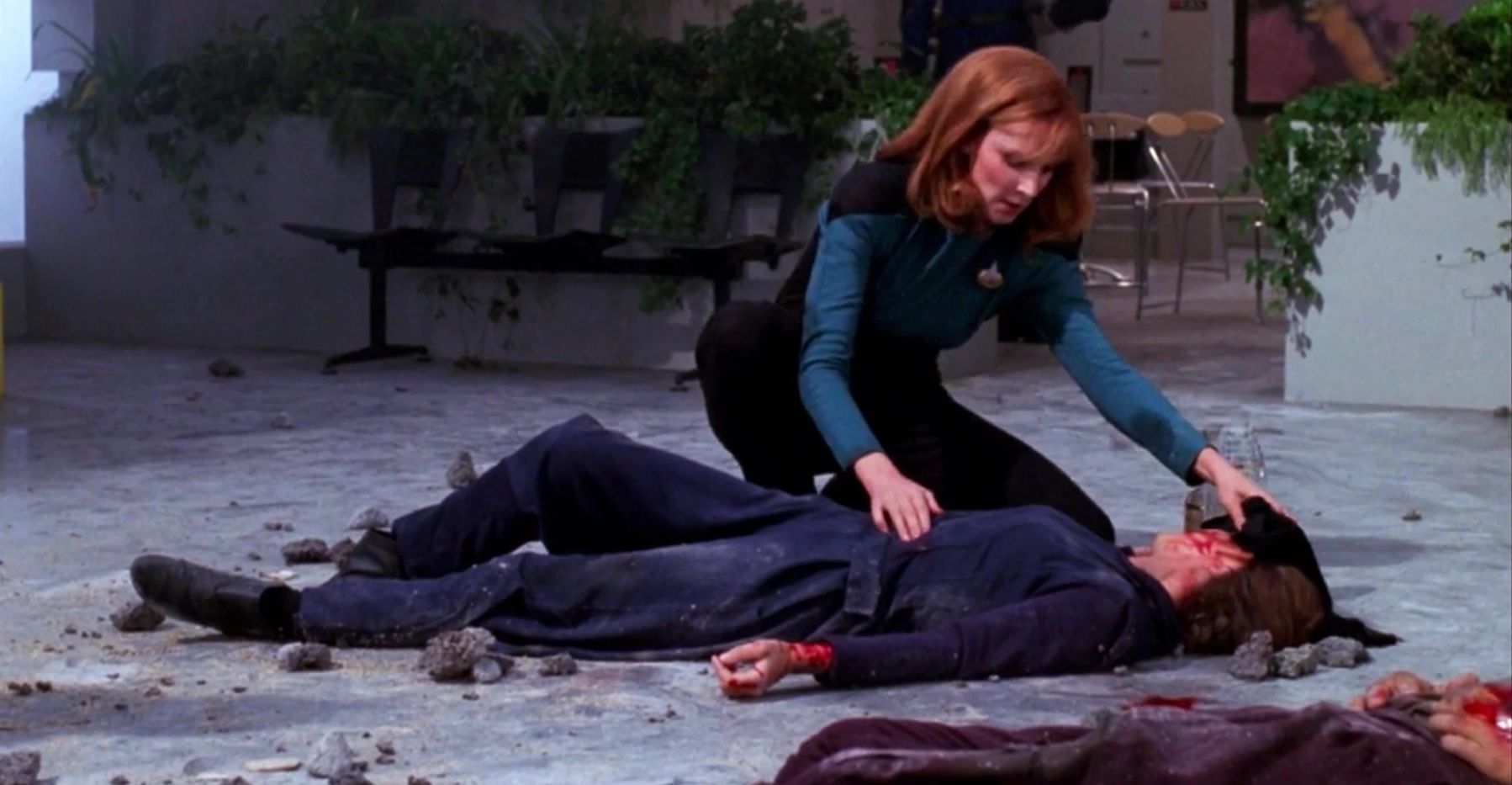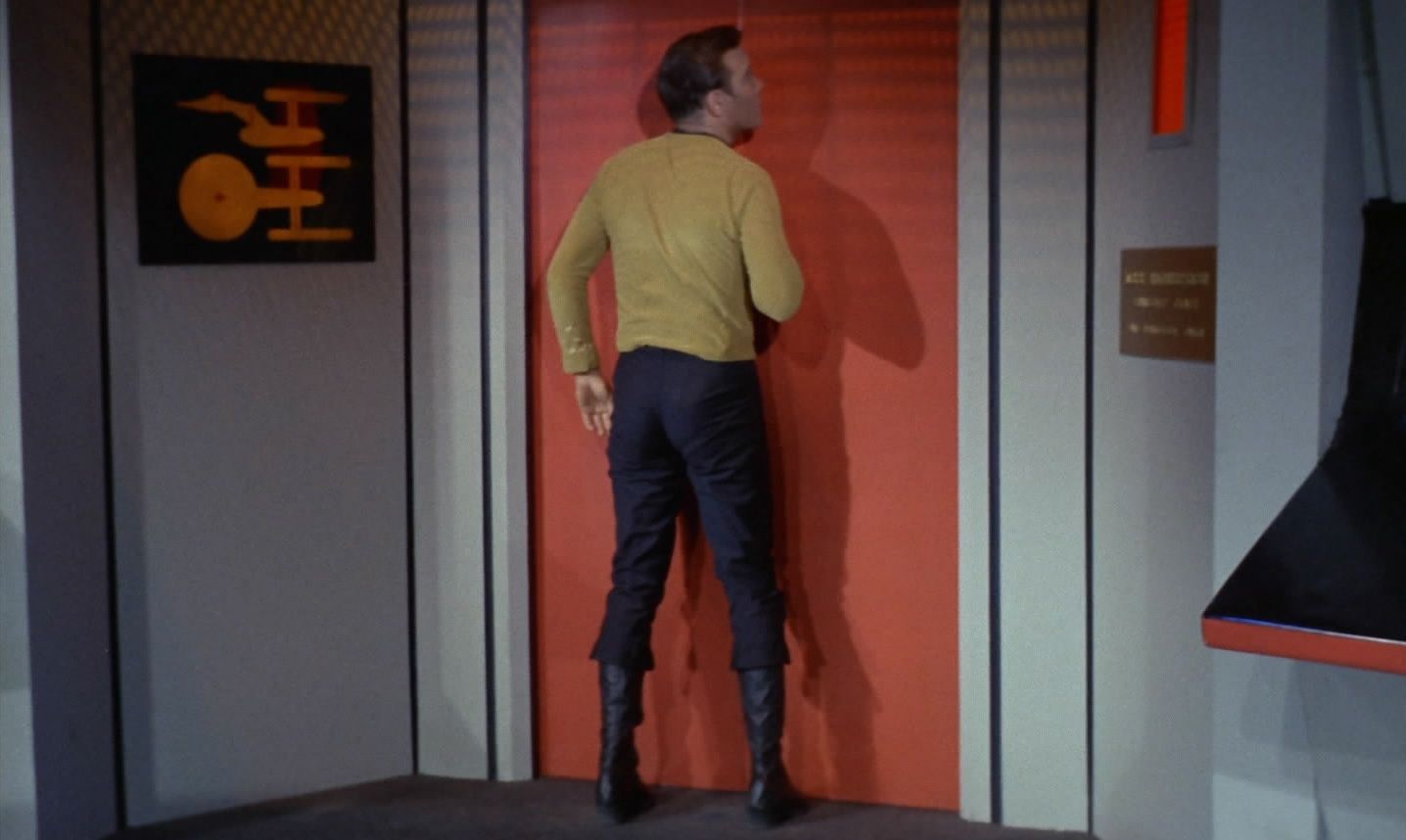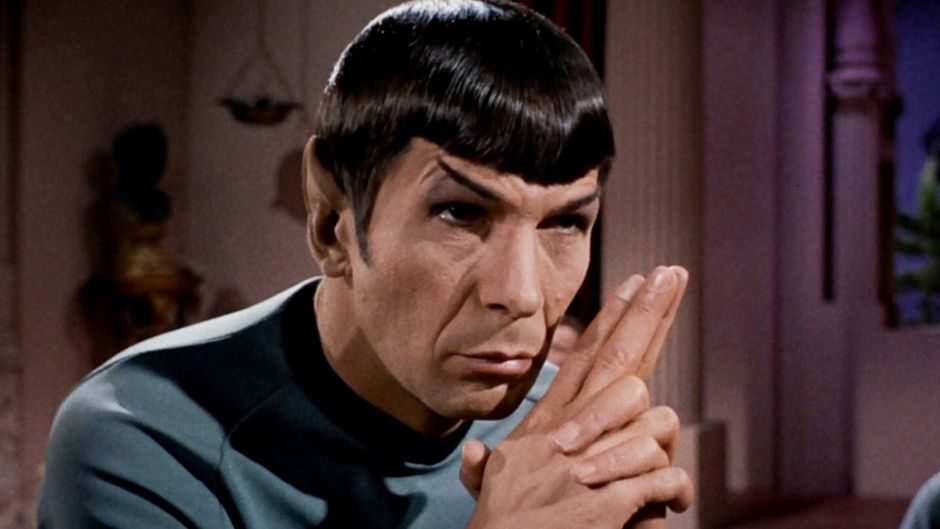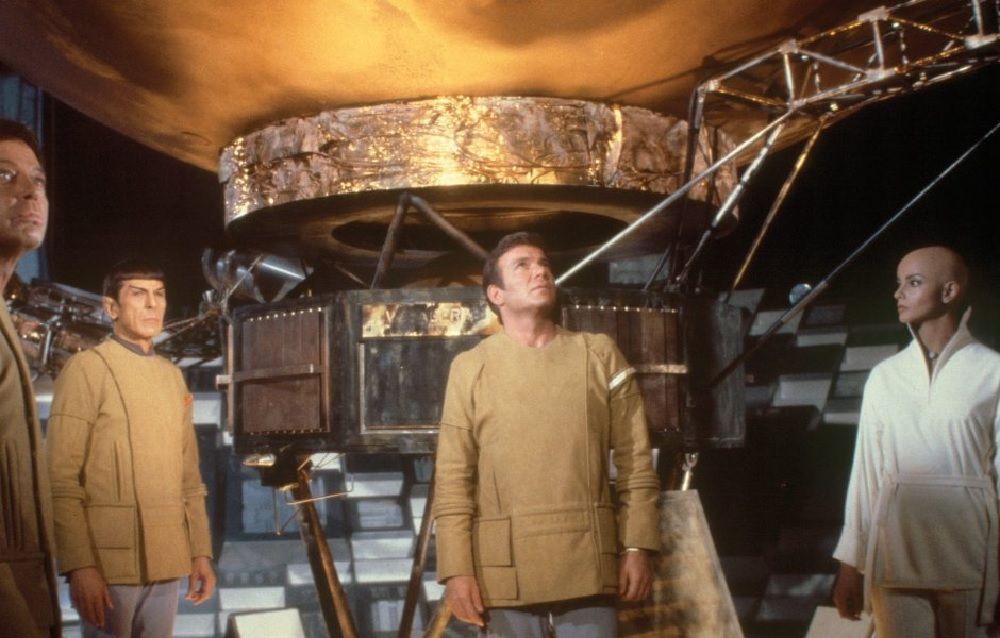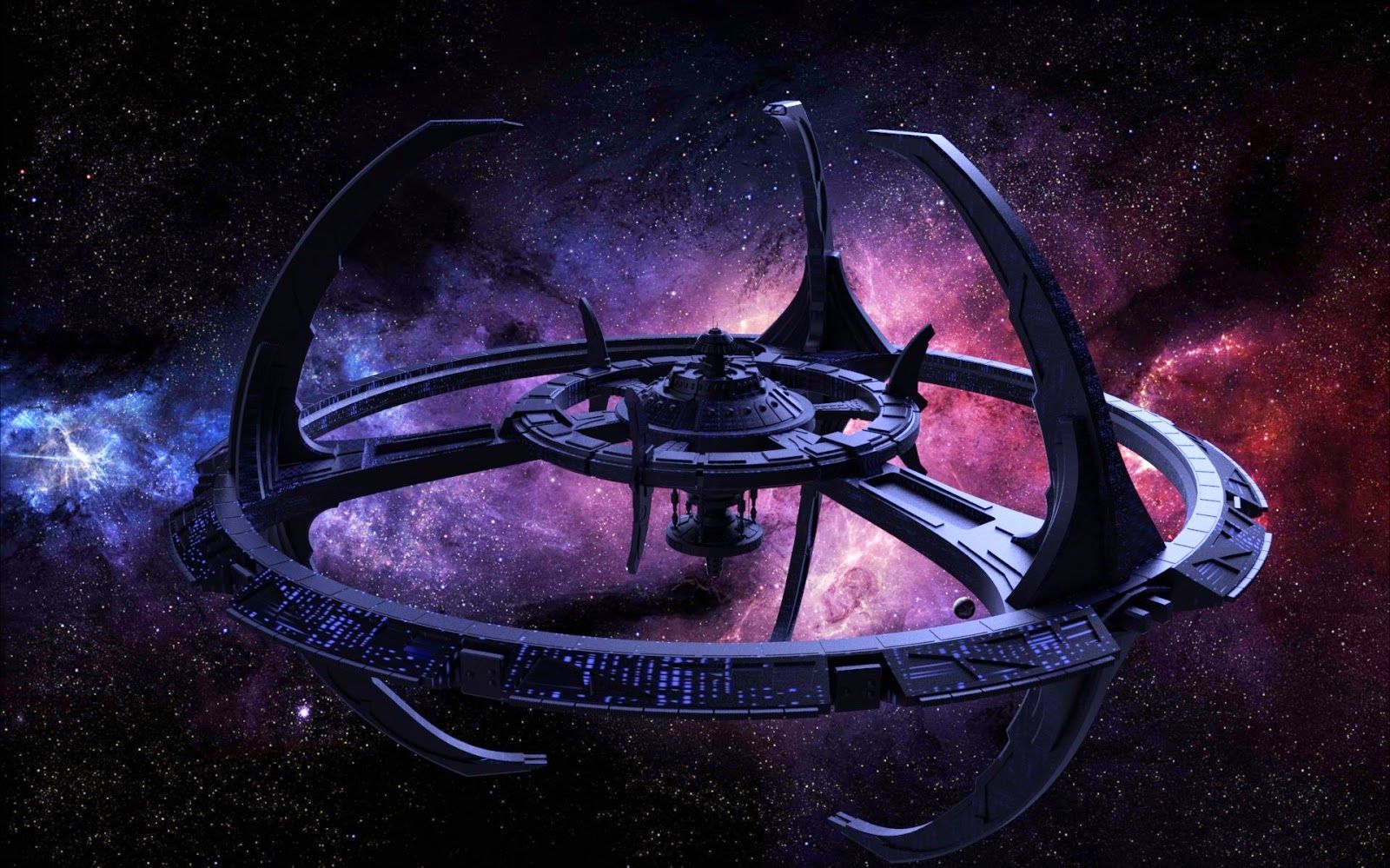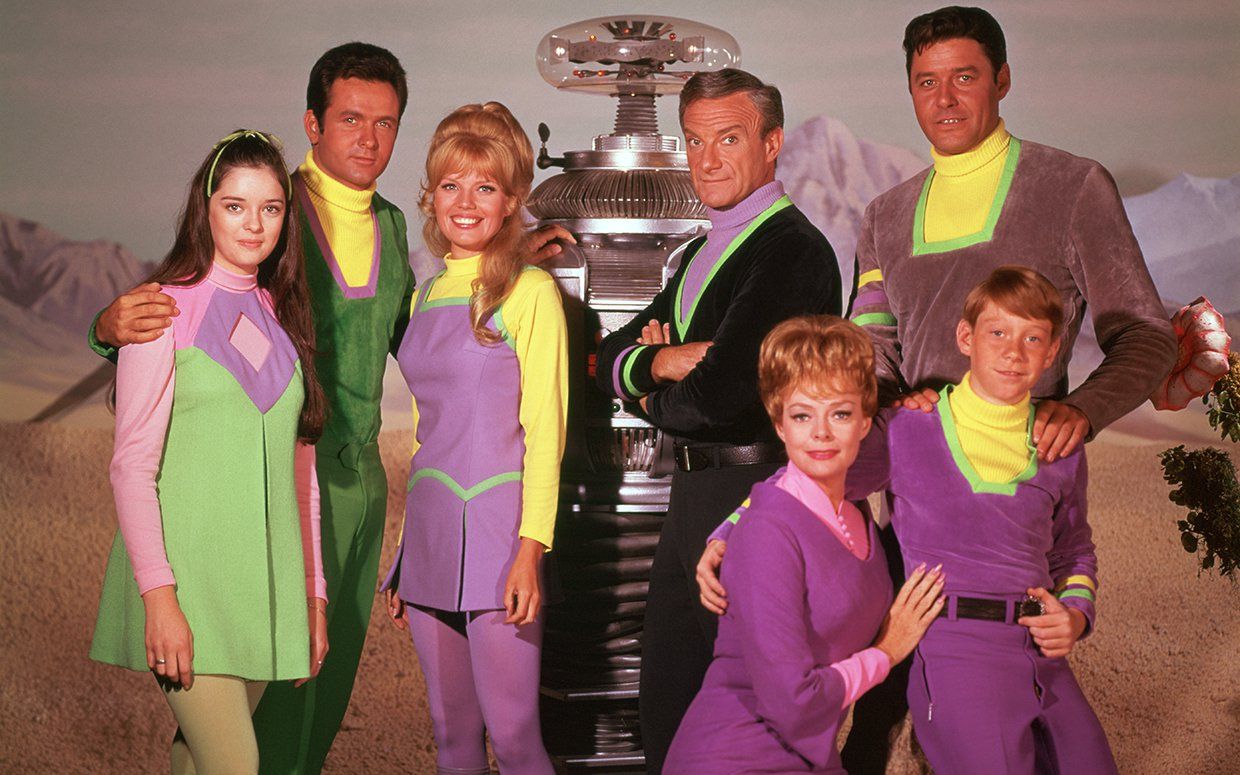Star Trek's legacy has spanned over fifty years, producing many of the most beloved stories and characters in pop culture. Star Trek has developed a timeless quality, tackling all too relevant stories and issues in the framework of the distant future, defined by creator Gene Roddenberry's specific vision of the future. The franchise has defined itself by pushing the limits, often telling controversial and progressive stories.
Creating a franchise like Star Trek did not come easily. The Star Trek we know resulted from a conglomeration of off-the-wall ideas, strict story guidelines, improvisation, budget concerns, corporate politics, and controversy, as well as many other unexpected factors.
Even the most familiar of these stories and characters had strikingly unfamiliar origins. Now iconic parts of Star Trek like the Vulcan salute and the transporter came from unlikely sources. Star Trek's long history of innovation and success often resulted from strange circumstances behind the scenes.
Many elements of the franchise were almost very different, as well. Even with the boundaries Star Trek pushed, there were stories and issues that the show never got to cover, and some ideas that did make it to the screen got more backlash than expected.
Star Trek's unique view of the future was also tightly controlled, but that did not stop many conflicts over writing. Star Trek has a complex, twisted past that resulted in the universe that has kept fans coming back for decades.
Here are the 15 Things Even Die-Hard Fans Didn't Know About Star Trek.
Leonard Nimoy introduced the Vulcan salute, inspired by his upbringing
The Vulcan salute and its accompanying phrase "Live Long and Prosper" has become an iconic part of both the Star Trek universe and general pop culture.
The Vulcan salute, however, was not originally written into the show and was added by Leonard Nimoy.
It was based on a symbol from Judaism.
Nimoy explained, "For what would soon become known as the Vulcan salute, I borrowed a hand symbol from Orthodox Judaism. During the High Holiday services, the Kohanim (who are the priests) bless those in attendance. ... [W]hen I searched my imagination for an appropriate gesture to represent the peace-loving Vulcans, the Kohanim’s symbol of blessing came to mind."
He added, "Later, I inserted it into Star Trek. There was a scene in one episode that needed something. People were seeing other members of the Vulcan race for the first time, and I thought it called for a special gesture."
Gene Roddenberry wanted to delve into more controversial issues
Star Trek surprised its 1960s audience by delving into many controversial and progressive issues. The show made history with Kirk and Uhura's biracial kiss, but the backlash was so strong that some stations refused to air it.
Some issues proved still too controversial for Star Trek's audience. The network also refused to support certain controversial ideas, like the canceled episode "Portrait in Black and White".
George Takei revealed that he had broached the subject of having an episode that addressed LGBTQ issues.
Takei explained, "I did very privately bring up the issue of gays and lesbians... [Roddenberry] said, ‘I’m treading a fine tight wire here. I’m dealing with issues of the time... I need to be able to make that statement by staying on the air.’ He said, ‘If I dealt with that issue, I wouldn’t be able to deal with any issue because I would be canceled.’”
13. Transporters were introduced because of the budget
Transporters are everywhere in Star Trek as the default mode of the travel to planets and ships, but money played a large role in the invention of the transporter.
The Original Series' production budget was the main reason why the transporter was used in the show. The production staff originally planned for the crew to travel by shuttlecraft and occasionally land the Enterprise on planets, but this would have been extremely expensive on their tight budget.
Finally, the transporter was developed as a way to get the crew around both quickly and cheaply.
Gene Roddenberry explained, "[The transporter is] one of many instances where a compromise forced us into creative thought and actually improved on what we planned to do... If someone had said, 'We will give you the budget to land the ship,' our stories would have started slow, much too slow."
The writers had no idea what would happen when they wrote the cliffhanger
The Next Generation episode "The Best of Both Worlds" shocked fans with the dramatic turn that Captain Picard was assimilated by the Borg.
The season finale cliffhanger left fans wondering if Picard was going to be killed off the show. Anticipation of the second part was so high that someone concocted and released a fake script that the assimilation was a prank by the Q.
However, the writers similarly had no idea how the cliffhanger would resolve when the first part was finished. Michael Pillar had written the first part expecting not to return to the production staff.
When his contract was renewed, he was left in the position of solving the problem he created. Piller explained, "I had created an unsolvable problem. And to be honest with you, as I started writing the second part of the cliffhanger... I just didn't know what it was going to be."
The Dominion War was supposed to be much shorter
The Dominion War was a complex chapter of Star Trek that took Star Trek to a darker place than the franchise had been before. It became one of the defining plotlines of Deep Space Nine, but producer Rick Berman never wanted it to happen.
He wanted the war to be over within only three, maximum four episodes. The writers knew the war could not be finished that quickly.
The writers had to fight Berman's resistance to extend the Dominion War.
Berman explained, "The whole idea of the Dominion Wars, the idea that Ira wanted an arc that was going to last a season or perhaps longer, he and I had a lot of disagreement about that. And that was all based purely on the fact that Gene had been very specific to me about not wanting Star Trek to be a show about intergalactic wars, interspecies wars."
Roddenberry banned TNG from using many storylines and sci-fi tropes
Gene Roddenberry was very specific about the vision of the future that any Star Trek story should follow. When Star Trek: The Next Generation was developed, he gave the writers a guide several rules about stories that would not fit into his vision.
He banned stories about Vulcans entirely and stories involving warfare with the Klingons and Romulans.
He was clear that Starfleet should never become the galaxy's police or try to spread Euro-American values. The show also could not paint technology as the enemy in any episode, nor could the crew's technology fail to put them in jeopardy.
The crew would also never make a stupid mistake that endangers the ship. He also got rid of fantasy elements, mad scientists, and mysterious psychic powers. Some of these rules were discarded over time, but they show how Roddenberry wanted the franchise to continue.
Easter eggs are hidden in the Enterprise-D schematic on the show
Star Trek: The Next Generation often showed an elaborate schematic of the Enterprise-D on the series. The schematic appeared in the background of many episodes, but it was full of unexpected surprises.
The first schematic designed for the Enterprise-D on the show included quite a few Easter eggs and inside jokes.
Along with the ship's layout, the schematic also showed the placement of a Porsche, an airplane, a duck, a mouse, and the Nomad space probe within the Enterprise decks.
The duck, of course, was the official Enterprise duck, and the mouse was the usual ship's mouse. In addition, the layout showed a hamster on a treadmill, said to be the real source of power for the warp engines.
It's a shame that the show never featured that hard-working hamster that allowed for human deep space travel.
Jason Isaacs' ab-libs were reportedly restricted
A report from the set of Star Trek: Discovery revealed an anecdote where Jason Isaacs got in trouble for a small ad-lib. While portraying Captain Lorca, he improvised "for God's sake."
The episode's writer instructed him not to say that. Roddenberry's vision of the future was that religion had fallen away. Isaacs asked if he could use "for f**k's sake," which the writer indicated would be preferable to referencing God.
The producer of Discovery explained the incident may have been misunderstood. He elaborated, “In our room, it’s something we discuss a lot. I don’t necessarily agree with [Isaacs’] quote."
He continued: "On a show about diversity and with different points of view, I feel like you have to accept that some people believe in God, some people want to worship a potato, and some people don’t want to believe in anything. I think there is room for that on Star Trek.”
Riker was almost killed off and replaced by his transporter twin
In the Next Generation episode "Second Chances", the Enterprise crew discovers a second Riker created in a transporter accident. Riker's identical transporter twin changes his name to Thomas Riker and is not seen again for the rest of the series.
However, the writers considered making Thomas Riker a much larger part of the show.
During the development of the episode, the writers considered killing off the original William Riker. He would be replaced on the Enterprise with Thomas Riker, who would serve as the new ops officer since he had a lower rank than Will.
Data would then be promoted to first officer in the wake of Riker's death. The plan would have shaken up the show considerably, but it was ultimately abandoned. However, both Jonathan Frakes (Riker) and Marina Sirtis (Troi) have commented that they preferred Thomas over Will.
Several episodes have been banned in other countries
Star Trek has a long history of controversy, tackling ideas that other shows would not touch. This has resulted in episodes of Star Trek being censored or banned in other countries, most often the United Kingdom.
The BBC banned four Original Series episodes until the 1990s because they "dealt most unpleasantly with the already unpleasant subjects of madness, torture, sadism and disease."
They also banned two TNG episodes for gruesome violence. The German government banned "Patterns of Force" for involving Nazis in a light entertainment plot.
The Next Generation drew particular anger for the episode "The High Ground". Data mentioned that Ireland was unified through a successful terrorist campaign. Since the UK controls Northern Ireland, the episode suggested future terrorism against British authorities.
The UK banned the episode until 2006 and still sometimes censored that line when it was shown.
The original crew had to show a lot of faith in their futuristic technology
The Star Trek crews had to convey that they trusted and relied upon the technology that they used every day. On the Enterprise, sliding automatic doors were everywhere, used every time a crew member went in or out of a room.
On the set, the automatic doors were actually operated by stagehands pulling cables. Nevertheless, the crew still had to show complete faith that their automatic doors would open as expected.
Unfortunately, the stagehand-operated doors were not that reliable.
On many occasions, stagehands missed their cues, and the actors casually walked directly into the closed door.
Blooper reels for Star Trek inevitably include several of these incidents, including a full minute of William Shatner walking into doors. The problem did not go away on the Original Series, however. The trouble with automatic doors persisted through the decades as stagehands continued to get the timing a little off.
Spock was intended to be much more alien
When Spock was developed as the main alien of the series, Gene Roddenberry was still fleshing out how to portray the Vulcan. Spock was originally going to have red skin instead of yellow.
However, the idea was abandoned when the staff realized the red makeup would look like blackface on a black-and-white television. Since most viewers at the time had black and white televisions, that could get awkward.
They also did not like that Leonard Nimoy would have to spend even more time on makeup.
Spock was also originally planned to avoid eating and drinking. Instead, he would have a plate in his stomach and gain the energy that struck this plate. Both of these ideas fell by the wayside, and Spock's alien identity was expressed in more subtle ways throughout the series.
The movies and corporate politics delayed a second series coming to television
After the cancellation of the Original Series, Star Trek did not return to television for almost twenty years. That was not supposed to be the case, though. In the 1970s, Star Trek: Phase II was supposed to be the first live-action series to continue the franchise. Paramount wanted to create a new network and have the new Star Trek series premiere there.
Unfortunately, the network deal fell through. Production had already started on the pilot episode, but Paramount did not want to sell it to another network and risk losing control of the franchise.
Instead, the pilot episode was adapted into a feature-length film, which eventually became Star Trek: The Motion Picture. The success of Star Wars had also convinced the studio to start investing in movies instead of television, and idea previously considered untenable. Focus shifted to the movies and remained there for a decade longer.
Deep Space Nine was supposed to be a Western in space
Deep Space Nine brought Star Trek to the frontier of the Federation, showing how Starfleet worked differently in the outlands. The show almost had a closer allegory to the frontier since it was originally pitched as a Western in space. A Paramount executive wanted it to take off on Westerns like the Rifleman, essentially creating the Wild West of Star Trek.
The show would have taken place on a frontier outpost in the Bajoran desert.
The show would have filmed in the California desert to give it a realistic and Western feeling.
However, the idea was nixed early on because it was simply too expensive to do that much exterior filming. Instead, the show was transitioned to a setting that could be filmed in a soundstage. Deep Space Nine never quite lost that Western concept, though.
The network rejected the original series for Lost in Space
In recent years, CBS has acquired the rights to Star Trek and created the new Star Trek: Discovery, returning the franchise to television after over a decade of hiatus.
However, CBS has not always been crazy about the idea of Star Trek. When Gene Roddenberry was pitching the Original Series to networks, CBS executives turned it down in favor of the much campier science fiction show Lost in Space.
Star Trek and Lost in Space were offered to CBS at roughly the same time, but the network executives thought Lost in Space was the more commercial of the two ideas.
Lost in Space enjoyed a more successful first run than Star Trek did in its original airings, but the initial success did not translate in the long run. Star Trek became an enormous money-making franchise while Lost in Space was left in relative obscurity as time passed.
---
Can you think of any other interesting facts about Star Trek that even die-hard fans don't know? Sound off in the comment section!

